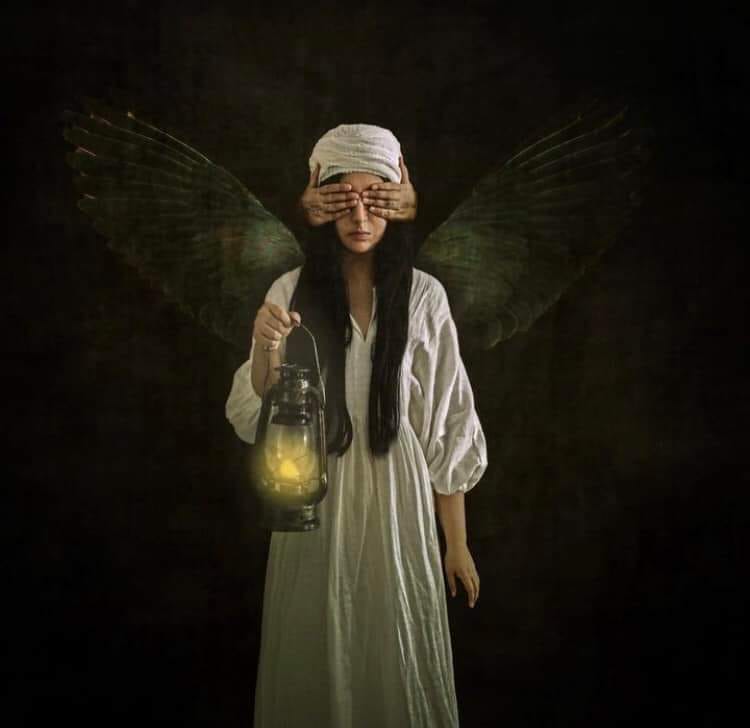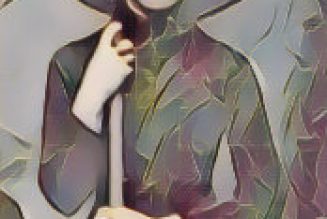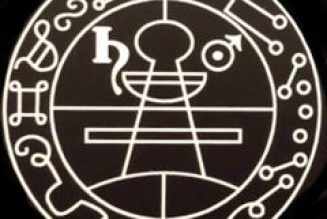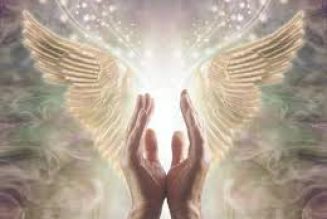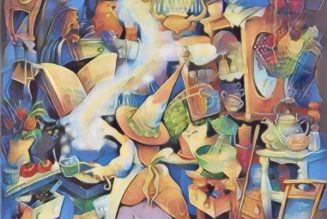As we begin to approach Samhain, and the astronomical cross-quarter, I though I’d begin to post some traditions associated with this time of the year.
One particular Samhain and Halloween custom which people ask to know about is known as the dumb supper or dead supper.
This practice is one where an extra place is set out at the table for ancestral spirits to join the meal.
While there are claims that the supper originated with the Celtic peoples, and even in the Ozarks, the concept of leaving food for the spirit ancestors and the dead is far more ancient and potentially it is something we have been doing as long as we have wondered about the afterlife itself.
For example, hazelnuts have been found buried at many of our ancient megalithic sites, which archaeologists believe were left there as offerings to the dead or to accompany the spirits to the Otherworld.
There are quite a few variations but the main thrust of the custom goes like this.
On an evening over the Samhain celebrations the family will set out an extra place, as well as an empty chair, which is usually placed at the head of the table.
For many, it is inconvenient to do this on Halloween night but as astronomical Samhain will not take place until the 7th of November here in Ireland there is a full ‘ritual week’ to try this yourself.
Of course, for many, the entire month of November/ Samhain is considered liminal in itself.
It goes without saying that the origins of this tradition are difficult to ascertain.
I don’t know of an Irish custom which encompasses *all* of the ceremony and ritual of how dead/ dumb suppers are conducted today.
In Irish folklore similar practices seem to have been simple as opposed to ceremonial and elaborate; an acknowledgment that the dead would visit their old homes with perhaps salt, water, bread or a symbolic share of the crops being left out for them.
There are sources that document other versions in Ireland, though, such as Robert O Driscoll’s ‘The Celtic Consciousness’, Anne Ross’s ‘Material Culture, Myth and Folk Memory’ and Kevin Danaher’s ‘Irish Folk Tradition and the Celtic Calendar.’
For some, the supper should take place at midnight but for others it is a meal taken at dusk, which is a threshold time itself.
In certain traditions, all of the setting up and actions are performed backwards.
So, knife and fork positions would be reversed, for example. I have heard a few different theories about why this is done. The one I feel is the strongest is that the backwards actions are symbolising the return from the spirit world into the material world but others may disagree with me on that.
This custom of reversal seems to have originated in America as far as I can tell, but if anyone can point to an old Irish source which includes it I would love to hear about it.
The reason the meal is called the dumb supper is because the occasion is supposed to be completely silent throughout. I know of others who feel that it should be a celebratory experience and feel that conversation, stories and songs are what the spirit ancestors would prefer. My own thinking, (which is probably hard to prove), is that the solemn and intense rituals could have been for very specific and magical reasons, and the more popular and casual sittings may have been a way to keep the memories of passed family and friends alive.
An aspect of the supper which tends to disturb people slightly is that disguises and masks can be worn so as the identities of those present is a secret.
Coupled with the silence you can see why this would make for an eerie atmosphere.
The reason for the masks varies depending on your source, but a good explanation is that the hidden face allows the spirits of the departed to take part in the meal without being recognised.
There is an old story about this which tells of two friends who arranged to hold a supper. The first friend set the table and waited for her guest to arrive. There was a knock at the door which she answered and a masked and robed figure stood on the step. The friend silently beckoned her in and they ate their meal without speaking after which the robed figure left the room.
There was then another knock at the door and when the friend opened it she saw her companion all flustered and who apologised for being late!
The person then realised that she had been entertaining a spirit all along.
The supper can be a time to deliberately contact a particular ancestor and to do this they will leave some of the deceased persons favourite objects on the table in order to entice them to arrive.
There are also other magical rules which many people follow such as no artificial light, all crockery being black, and the place where the meal is held being meaningful to the deceased person you are inviting to attend.
When the meal is over, the crockery used for the spirit guest can be buried under a hawthorn tree in some accounts. In others it is burned or left out as an offering.
A similar connected tradition is to clean and sweep the area around the fireside and set out a chair over Samhain. This has parallels with some of the Day of the Dead customs in Mexico.
Because Samhain, or the cross-quarter period, was a place in the year which was considered liminal or ‘thin’ this allowed spirits and ancestors to crossover into our world much more easily.
So, while this tradition might initially seem spooky, and perhaps disturbing to some, there is something invaluable and healing about remembering those we have lost and deliberately inviting their presence into our lives and family occasions again.
Spiritually, it may be ritualised in order to specifically commemorate and grieve a loss, but psychologically it is a way to cross that bridge between memory and the present moment.
It is a way to reaffirm how someone has impacted our lives and to show that we have not forgotten them.
